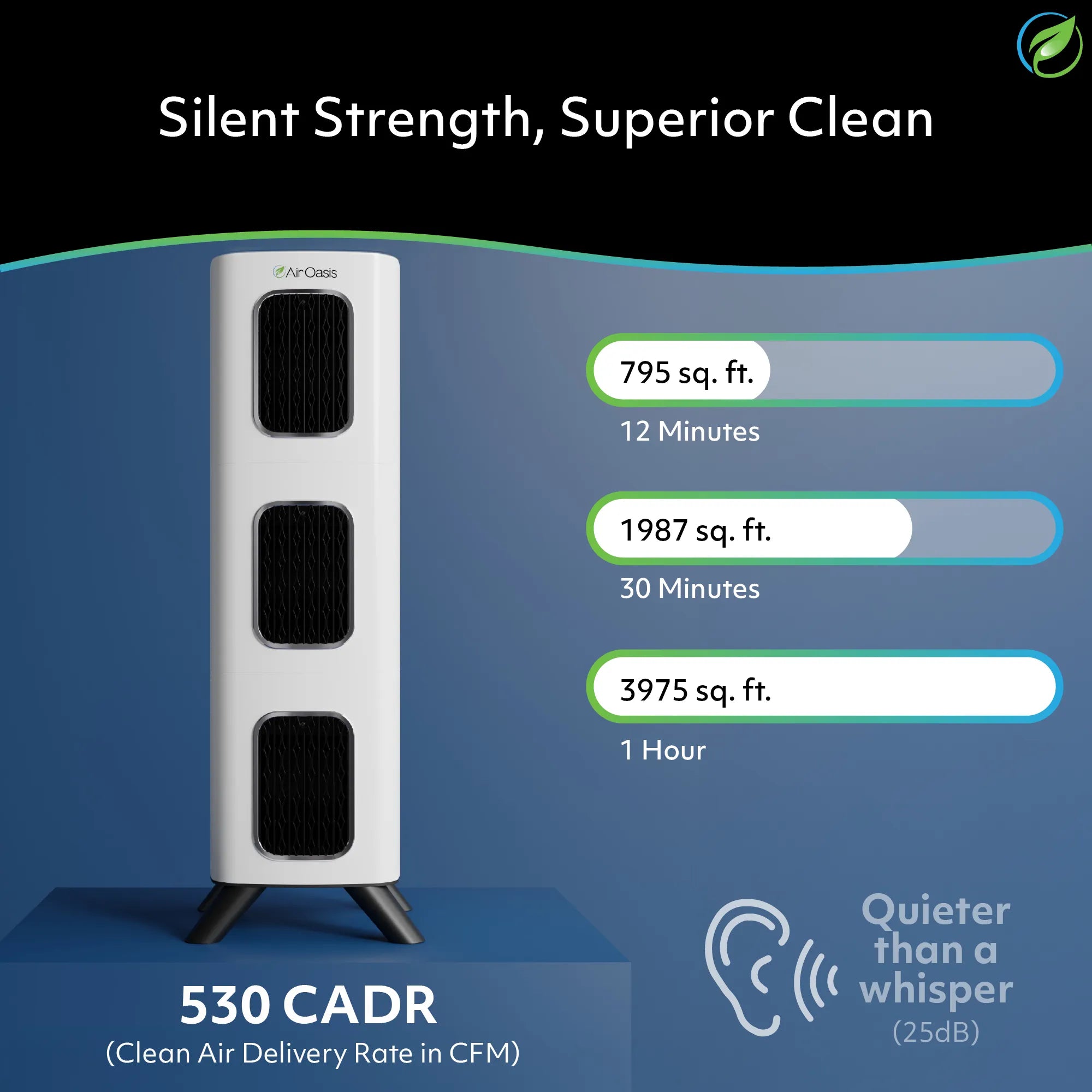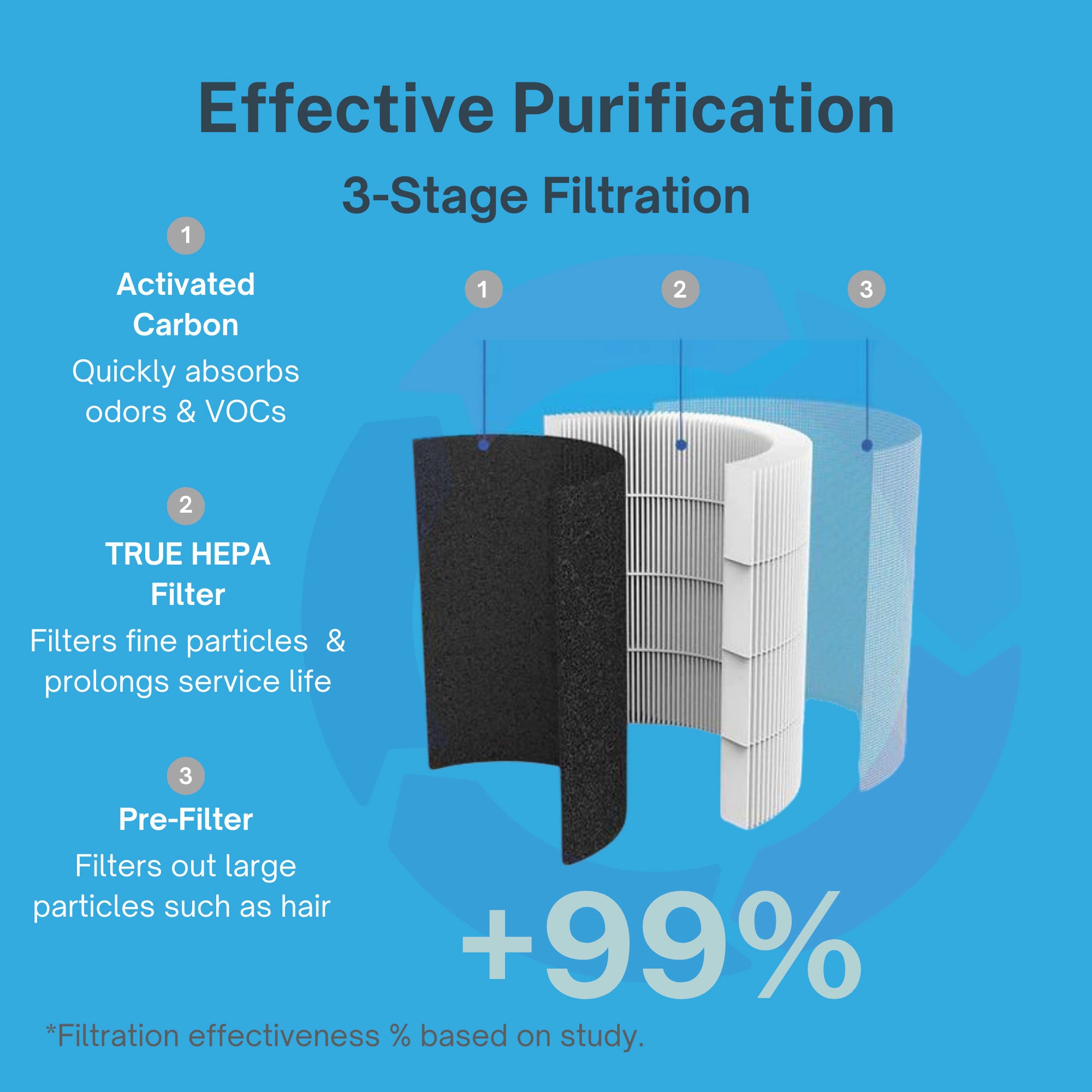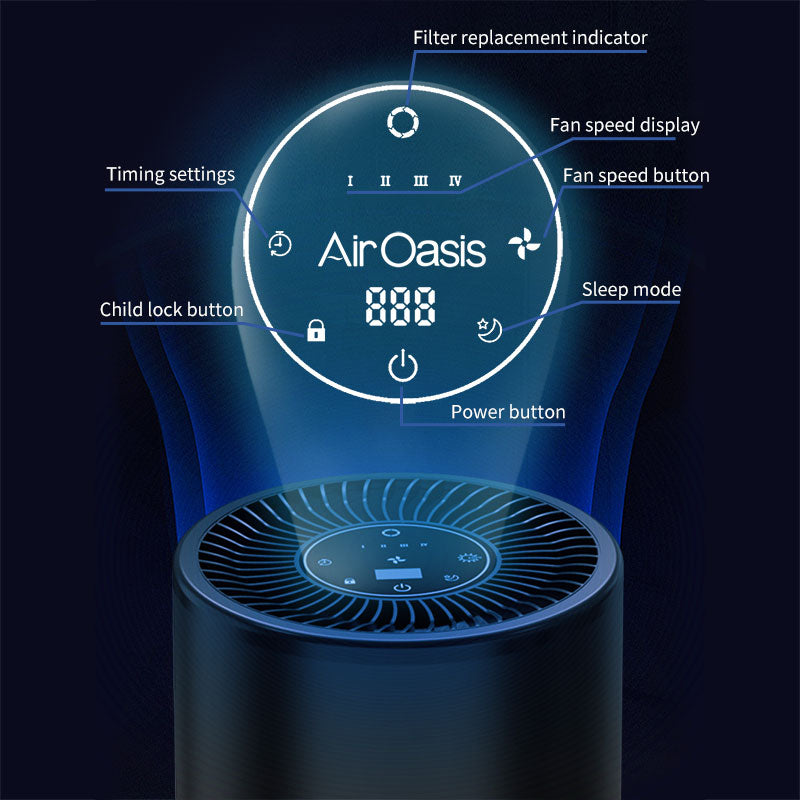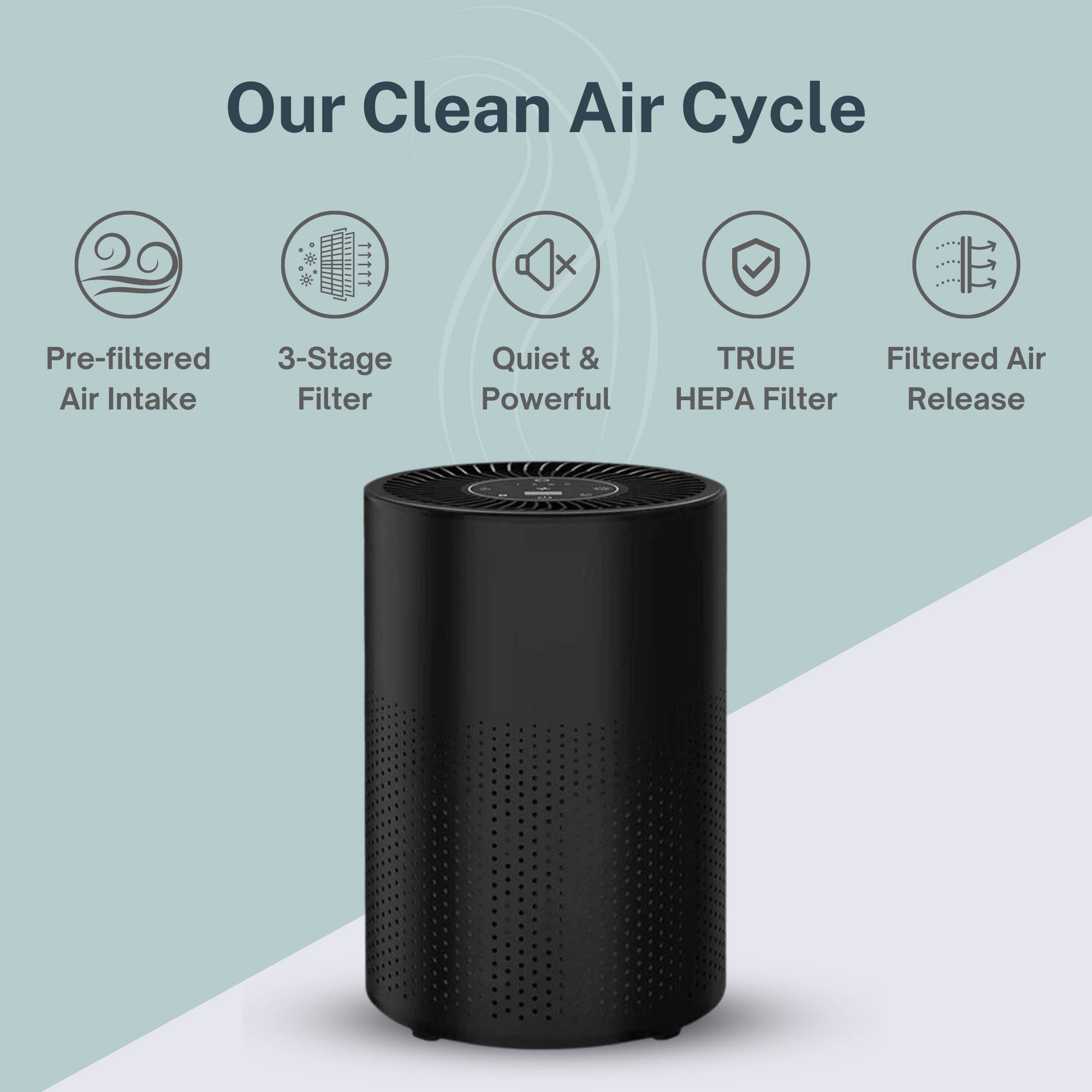Millions of people across the United Kingdom face significantly higher risks of heart failure and stroke simply because of where they live. A groundbreaking study presented at the European Society of Cardiology conference in Madrid reveals the stark health consequences of air pollution exposure.
The research tracked 299,323 people for an entire decade between 2010 and 2020. Results show that people living in areas with the worst air pollution levels are 27% more likely to develop heart failure compared to those in the cleanest areas. Stroke risk increases by 7% in the most polluted regions.
The Science Behind Air Pollution and Heart Disease
The study focused on PM2.5 particles - pollutants released from vehicles, industry, and household heating systems. These particles measure 30 times smaller than the width of human hair, making them small enough to enter the bloodstream after inhalation.
Lead author Ghita Housni from Queen Mary University of London's William Harvey Research Institute explains the connection: "We know cleaner air means healthier hearts, and this research lays bare the impact of air pollution on public health."
Using data from the comprehensive UK Biobank study, researchers examined average PM2.5 levels in participants' residential areas. They then tracked heart failure and stroke rates over the following decade. The results remained significant even after adjusting for age, sex, ethnicity, urban versus rural living, education, smoking, and alcohol consumption.
For every additional microgram of PM2.5 in an area, heart failure risk increased by 7% and stroke risk grew by 3%. The numbers translate to real health impacts: one extra person per 100 experiences stroke in the most polluted areas, while two additional people per 100 develop heart failure.
How Air Pollution Attacks the Cardiovascular System
PM2.5 particles trigger a cascade of health problems once they enter the body. The immune system recognizes these foreign particles and overreacts with inflammation. When blood vessels become inflamed, they stiffen and become more susceptible to fatty buildup.
This inflammatory process leads to high blood pressure, directly increasing stroke risk. The heart must work harder to pump blood through inflamed vessels, gradually weakening the organ and leading to heart failure over time.
Dr. Sonya Babu-Narayan, clinical director at the British Heart Foundation, emphasizes the severity: "We know there are no safe levels of air pollution. These early findings linking high PM2.5 levels to heart failure add to a growing body of evidence that poor air quality is damaging to our hearts."
Current Air Quality Challenges in the UK
Despite improvements, dangerous pollution levels persist across Britain. PM2.5 concentrations have dropped 30% since 2015, yet safety limits continue being exceeded. The World Health Organization air quality guidelines are still surpassed an average of 22 days per year throughout the UK.
Government targets introduced in 2021 have helped reduce some pollution levels. However, current concentrations still exceed WHO recommendations for protecting cardiovascular health. The research demonstrates that even these "improved" levels cause measurable increases in heart disease and stroke.
Scientists stress that no safe threshold exists for air pollution exposure. Even small increases in PM2.5 concentration correlate with higher cardiovascular disease rates. This reality affects millions of people who have no control over their outdoor air quality.
Indoor Air Quality as a Health Defense Strategy
While outdoor air pollution remains largely beyond individual control, protecting indoor air quality offers immediate health benefits. Modern homes typically contain higher concentrations of pollutants than outdoor air, making indoor air purification essential for cardiovascular protection.
Professional-grade air purification systems effectively capture PM2.5 particles before they circulate through living spaces. HEPA filtration technology removes particles as small as 0.3 microns, including the dangerous PM2.5 pollutants linked to heart failure and stroke.
Advanced air purifiers also address indoor sources of cardiovascular stress. Cooking, cleaning products, and off-gassing from furniture contribute additional pollutants that compound outdoor pollution effects. Multi-stage filtration systems neutralize these threats while providing consistent protection against external contaminants.
Health-conscious individuals recognize that controlling indoor environments becomes crucial when outdoor air quality remains compromised. Creating cleaner indoor air reduces total daily pollution exposure, potentially lowering cardiovascular disease risks demonstrated in this UK study.
The Future of Air Quality and Heart Health
This research adds to mounting evidence connecting air pollution with cardiovascular disease. The Environmental Protection Agency continues updating guidelines as scientists uncover additional health impacts from various pollutants.
Public health strategies must prioritize cardiovascular protection through improved air quality standards. However, individual action remains essential while policy changes develop. Reducing personal exposure to air pollution represents a crucial component of modern heart disease prevention.
The study's findings highlight an urgent need for both public policy improvements and individual protective measures. As researchers continue documenting air pollution's health impacts, taking control of indoor air quality provides immediate benefits for cardiovascular wellness.
Protect Your Heart with Cleaner Indoor Air
The connection between dirty air and heart disease grows stronger with each new study. While outdoor pollution policies evolve slowly, you can take immediate action to protect your cardiovascular health through better indoor air quality.
Don't wait for cleaner outdoor air to protect your heart. Professional air purification technology offers proven protection against the PM2.5 particles linked to heart failure and stroke in this groundbreaking UK research. Shop Air Oasis today and create the clean air environment your heart needs to stay healthy for years to come.

























































